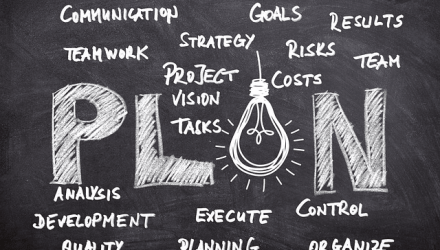
During the past nine years, I’ve reviewed over ten thousand PMP exam applications. And more specifically, a hundred or so applications that were selected for audit, producing comments from the auditor. These comments usually focus on “show us more leading and directing cross-functional project teams” or “show us less operational

It’s the acronym that stands for “Operations Order”, and an Operations Order is used as the plan for performing military missions. And since military missions are temporary endeavors undertaken to produce unique goods, services, results, or capabilities, they’re “projects”. Which means the person leading the mission team are conducting projects,

At least on projects, it’s “scope”. And it’s what we in the project management biz call a “project objective”. The other “project objectives” are “schedule”, “budget” (of resources), and “quality”. These answer the questions “When will that, the scope, be done?”, “How many, what type, and at what cost are
